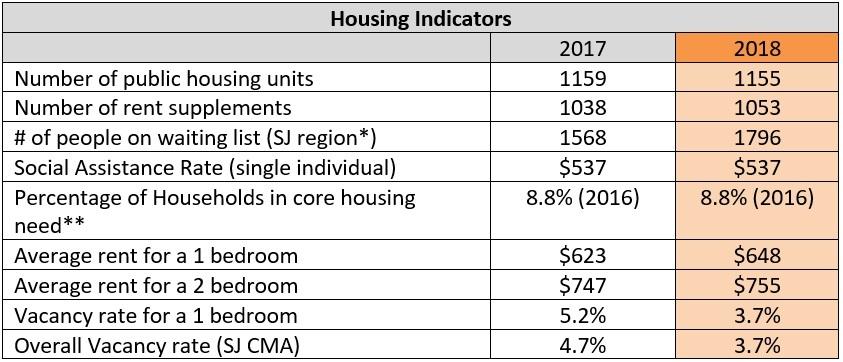
2 minute read
Introduction
Over the past several decades, mass homelessness has proven to be one of the greatest social challenges facing our country. Since its emergence in the 1 980s, following a massive disinvestment in affordable housing and reduced spending on social supports, we have failed to see any meaningful large-scale reduction in homelessness (Gaetz et al., 201 6). In some respect, this has been due to a predominantly reactionary response (the provision of emergency services), rather than a focus on preventative measures. However, in many cases, there has also been a lack of reliable data which would allow for a better understanding of the issue and, therefore, a more informed approach to ending homelessness.
In an attempt to contribute to this understanding in Saint John, the Human Development Council releases an annual Progress Report on Homelessness. Highlighting statistics on affordable housing, shelter use, and housing placements, as well as important events and updates from service providers, the report serves as an annual check-in on our progress toward ending homelessness. As with previous years, our 201 8 report highlights some notable areas of progress as well as those of concern. Overall, Saint John saw a 1 7 percent increase in the number of individuals who used an emergency shelter. On average, these individuals were visiting the shelters more often and staying longer (an average of 28 nights). Not surprisingly, this led to a significant increase in shelter occupancy rates, putting them over 1 00 percent for 201 8. Additionally, we saw more needles than ever before distributed through the Needle Exchange Program and Romero House served more meals than in any year since opening in 1 982. One fact remains clear: the level of need in Saint John has not diminished and despite best efforts, much of that need is not being met. In some respect, 201 8 may have served as a wake-up call. With a notable increase in the rates of rough sleeping and shelter use in the three largest cities in the province, the news media began to take a closer look at the issue. The spotlight this shone contributed to a public call for more supports for those experiencing homelessness. But while there is widespread agreement that more supports are needed, the question is, will these supports bring about an end to homelessness? We know that the solution to homelessness is housing, but increasingly this seems to be an insufficient response. The reality is that over the last couple of years, Saint John's housing programs have housed more people than ever before. These are successful programs, meeting or exceeding their targets. Over the same period, however, our emergency shelters have largely been at or over capacity. This means that although progress has been made in housing individuals, it hasn't corresponded to any significant progress in reducing homelessness in Saint John. Increasingly, communities are understanding that in order to achieve this reduction, a coordinated response is needed. Fortunately, in this area, Saint John is seeing meaningful progress.




